Gallbladder Motility Study
Home » Resources » Ultrasound-Guided Procedures » Gallbladder Motility Study

NPO overnight.
Time 0 min: Measure GB in long axis and short axis from subxiphoid approach and right intercostal approach. The proper position is maximum size of the GB measure in length apex to cystic duct and maximum width. 2 efficiency clips in long axis sweeping the GB; 1 from subxyphoid and 1 from right intercostal approaches.
Feed the patient 1 can of A/D
Time 15 min: Same 4 images and measurements and GB efficiency 2 clips as at time 0 min.
Time 30 min: Same 4 measurements and GB efficiency 2 clips as at time 0 min. The normal Gb should reduce in size by 25% after 30 min. This is a basis of a study we are doing but from a practical standpoint demonstrates if the GB is working at all. If no movement from cholecystokinin stimulated postprandially, then the GB is dysfunctional and suggests need for removal.
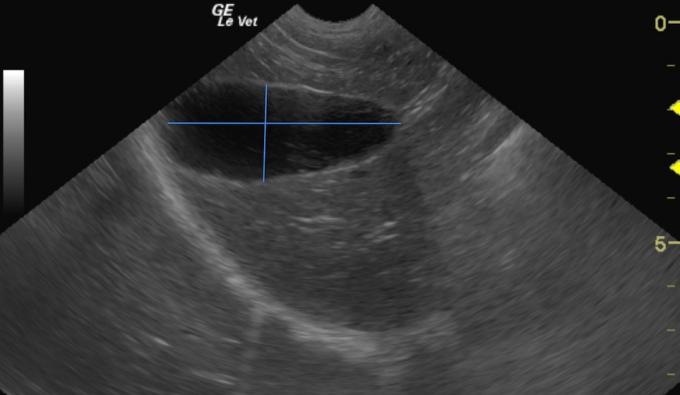
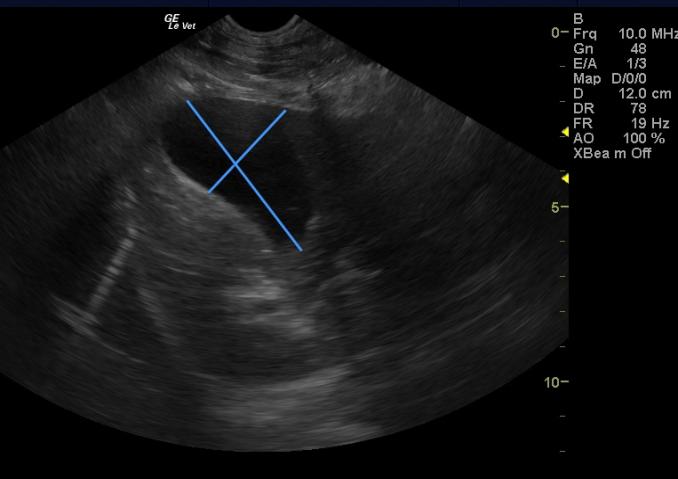
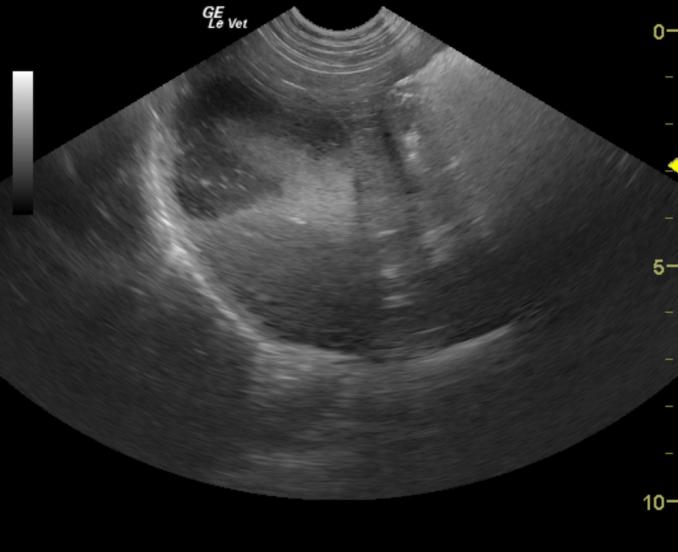
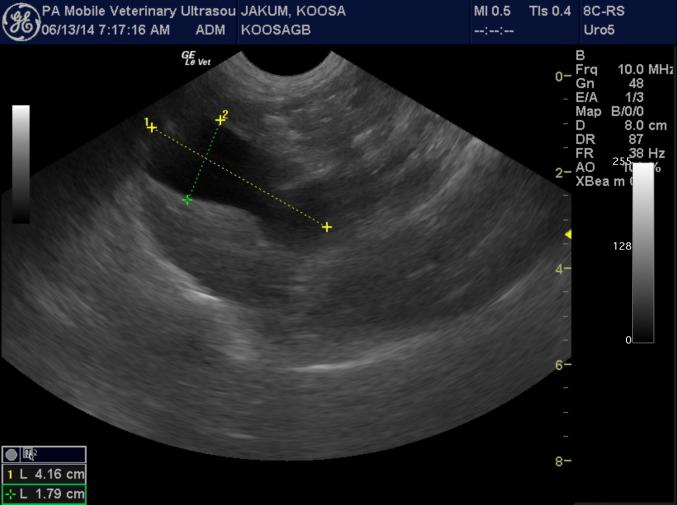
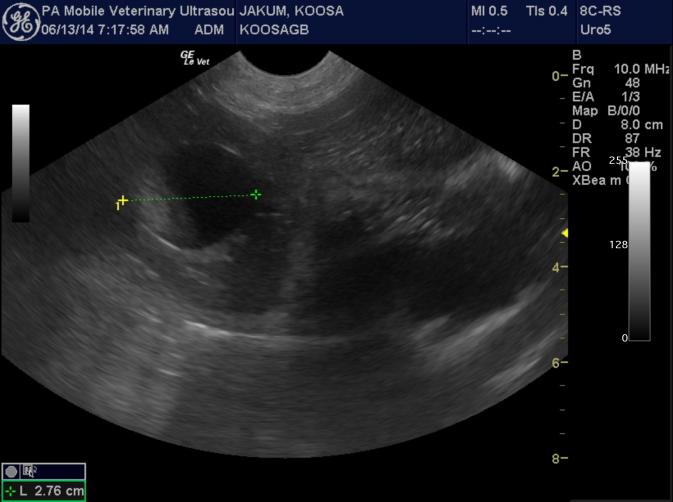
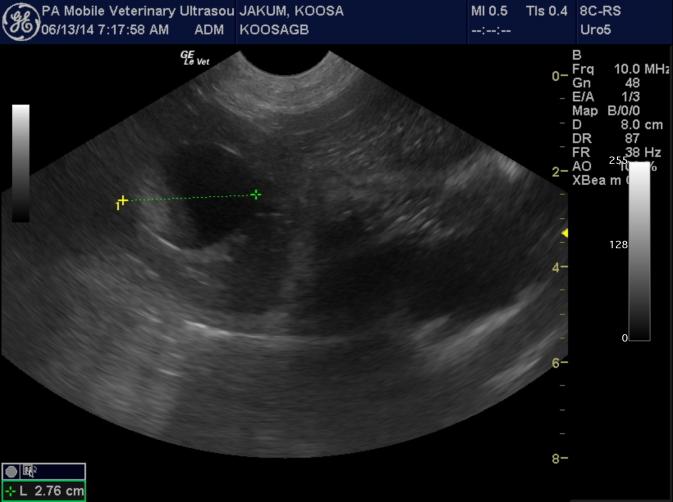
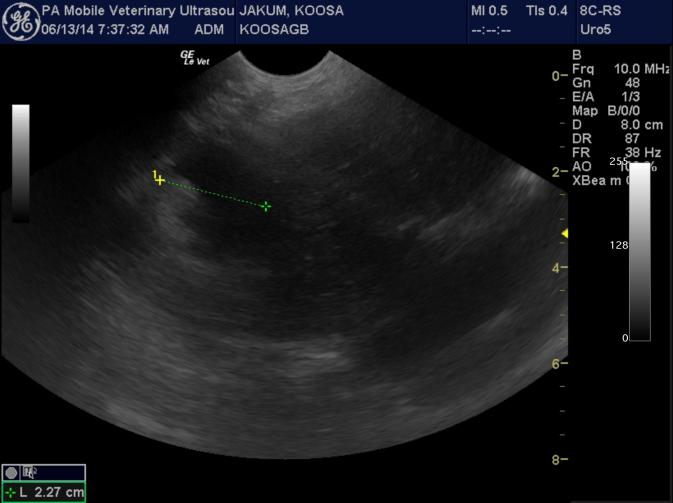
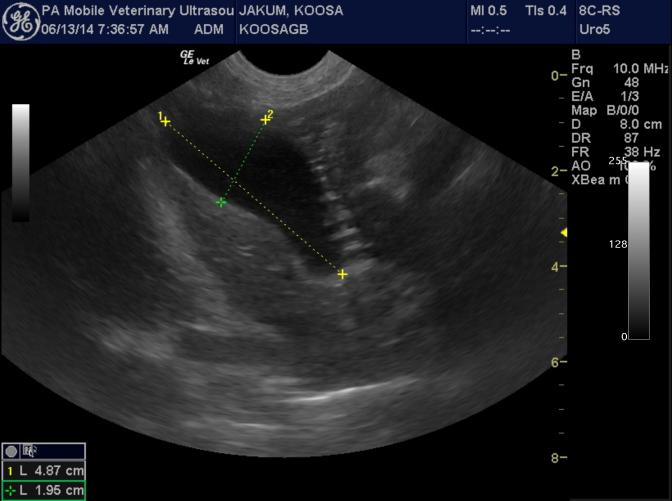
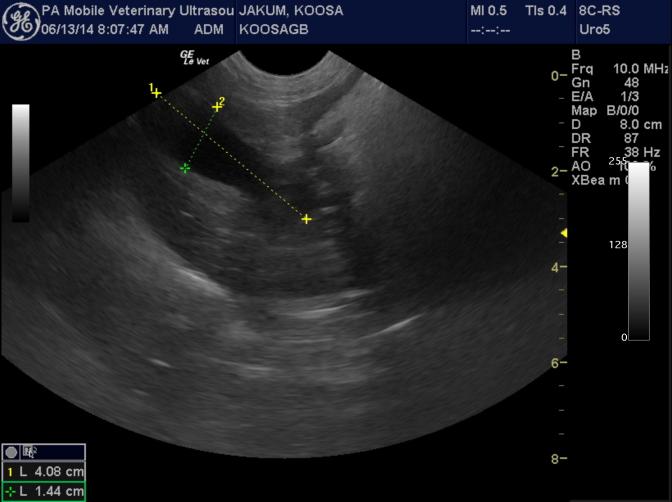
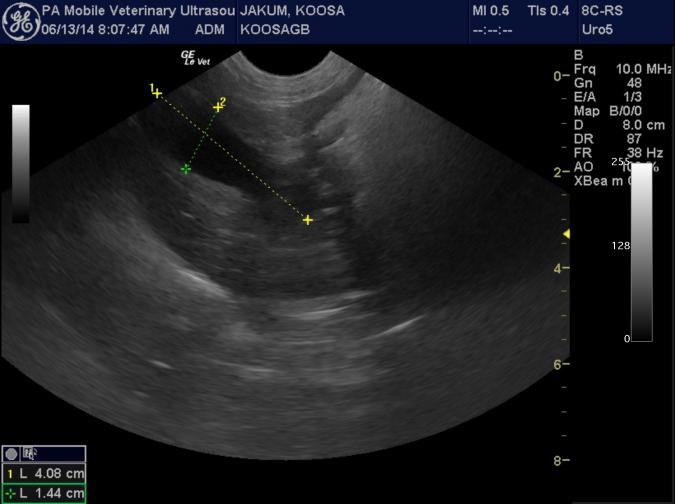
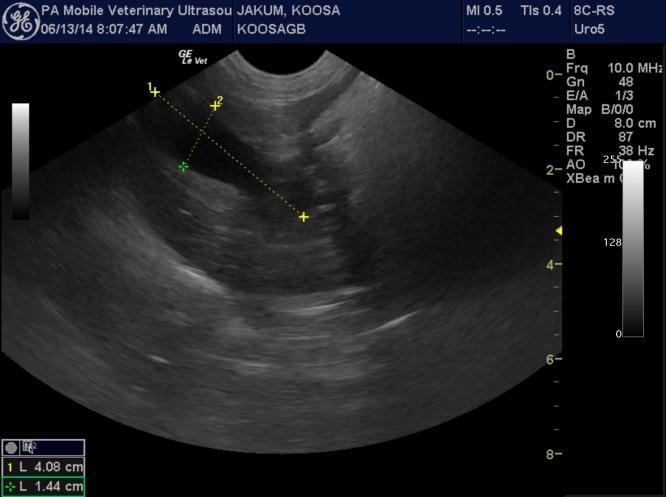
More Ultrasound-Guided Procedures
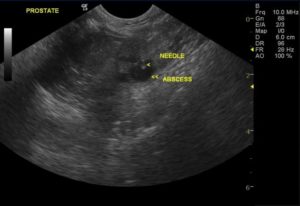
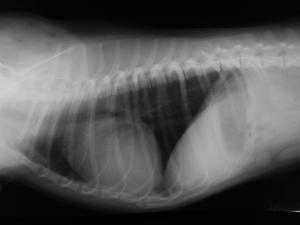
Bubble Study
The reason to perform a bubble study is to confirm the presence of shunting of blood from venous to arterial flow such as a Reverse VSD or a Reverse PDA.
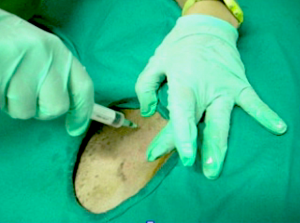
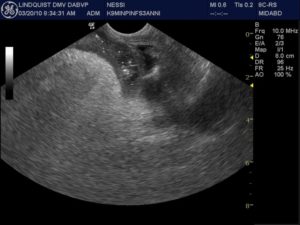
Intraoperative Ultrasound
We developed this technique to be used on any abdominal organ but is especially effective in case of infiltrative, focal and multifocal GI lesions.
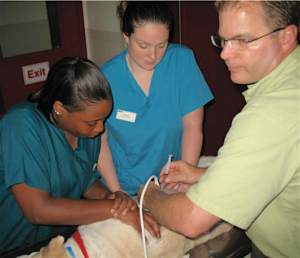
Lindquist Compression Technique For Thoracic FNA
This technique often makes inaccessible thoracic lesions accessible.
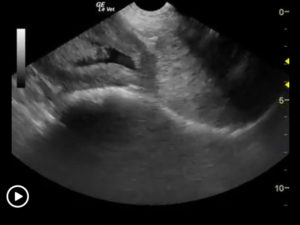
Traumatic Catheterization Procedure
Sedation Use largest open-end rigid polypropylene urinary catheter cut diagonally to create a sharp edge like a needle bevel. Lube heavily and pass catheter retrograde

UGELAB for Transitional Cell Carcinoma in the Dog
Dr. Dean Cerf, Ridgewood Veterinary Hospital NJ and Dr. Eric Lindquist, SonoPath.com For More Information Contact Dr. Dean Cerf at Ridgewood Veterinary Hospital, Ridgewood, NJ,
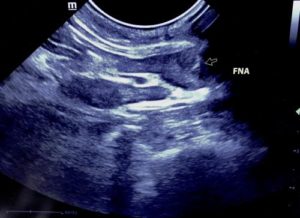
Ultrasound Guided Lymph Node Culture
This type of lymph node sampling is helpful in determining infected lymph nodes vs. lymphoma. Supplies: 6 cc Luer lock syringe 1cc of saline 2
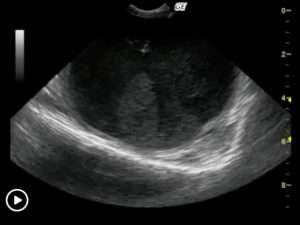
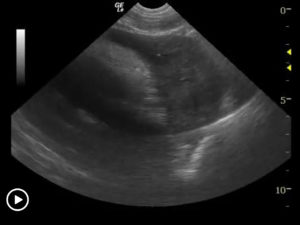
Ultrasound-Guided Pericardiocentesis
History Pericardial effusions typically cause some level of cardiomegaly on radiographs but note poor vascular volume in the pulmonary artery and vein. Muffled heart sounds
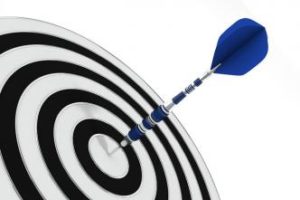
Ultrasound-Guided Sampling Procedures
Description Ultrasound-guided needle sampling is frequently used in the diagnostic evaluation of patients. Fine needle aspiration has the advantage of requiring minimal or no sedation
